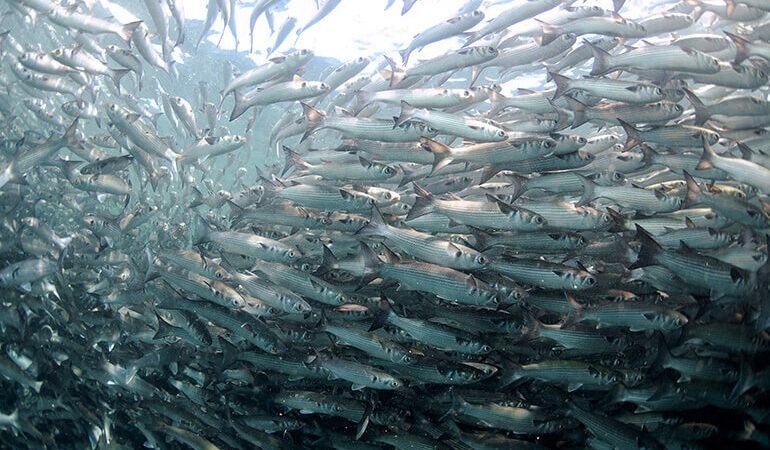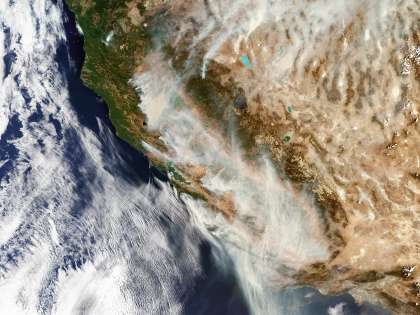BY THOMAS ERVIN, MD- Rain. Rain, rain, and more rain. September was a month of rain. Four named storms surrounded us and more followed us through October. The culverts were full. Ducks and ibis were feeding in the back yard (now Lake Ervin). While I am certainly not old enough to remember it, I have been told that it is like the good old Florida weather. Lots of thunder, waterspouts chasing the fishermen off the water, and kids skim boarding alongside of the road. Yet, as happens each year, the deluge ended. The sun began to shine again, and we headed back outside.
For most of the year, Florida is the sunshine state. As we return to repeated exposure to sunlight, are we ready?
Solar irradiation from the sun is primarily responsible for both photoaging of the skin and photodamage of the skin, which can result in more significant skin conditions than just a few more wrinkles. Many returning to Florida have multiple risk factors that enhance the possibility of sun-induced skin damage and disease. The most prominent of these are age and light skin color (Types 1-3, out of 5). Smoking is another, but none of you would do that. Add prolonged recreational exposure to sunlight, and you have a recipe for trouble.
In the era of COVID-19, going outside is even more alluring. Protection against photoaging, as well as prevention of more serious consequences such as squamous cell and basal cancers, and melanomas is more necessary than ever. Face coverings will not be enough outdoors.
Photoaging and damage are present in up to 80 percent of adults over the age of 60. Once established, recovery can be only partial. The best treatment for photoaging and photo damage is prevention. Treatment of established damage may produce mild transient cosmetic benefit, but not reversal or cure. Use of retinoids may help to some degree. And then there are the cosmeceuticals of all kinds, which promise relief. Unfortunately, none of the over-the-counter products provide scientific evidence of reversal of damage. They do smell good though.
Protection is the best defense. Protection from solar irradiation is our best bet to avoid both skin damage and disease. Our choices include staying inside or in the shade (unlikely), the use of sunscreens, or wearing barriers to sun exposure. Let’s take a look at each.
• Staying inside. We will dispense with this as it is inconsistent with the plan to return to Florida in the first place. If you do stay inside, ensure that your vitamin D level is adequate. Adequate vitamin D levels are beneficial for better bone and general health, and possibly protective for severe COVID-19 illness (speculative).
• Wearing protective gear. You can always resort to long sleeves, pants, face coverings, neck gaiters, and broad-brimmed hats. They all work very well and will stay on all day without reapplication.
• Using sunscreen. Now that you have gone out, there is sunscreen to consider. Sunscreen use and science continue to evolve. Skin damage and disease is created by exposure to ultraviolet (UVA) waves. Both UVA and ultraviolet B (UVB) wavelengths are implicated in this process. For a sunscreen to be “broadband,” it must provide protection from both UVA and UVB bandwidths. Broadband sunscreens should be selected to block both types of UV irradiation.
The challenge with sunscreen is getting people to use the available products according to the guidelines for effective protection. Here are the basics for the use of sunscreens:
1.Use a broadband sunscreen that blocks both UVA and UVB. This usually is a product that contains an organic filter such as a benzophenone, which blocks UVB and some short-wave UVA2 waves. Additionally, the product will contain a second agent that blocks the rest of the longer UVA bandwidth, as well as UVB. The second agent is usually an inorganic filter such as zinc or titanium in U.S. products.
2. SPF (sun protection factor) is only a measure of protection against acute sun-induced skin damage (redness, blistering) from UVB and short-wave UBA waves. If enough of either SPF 35 or SPF 70 is applied, either will block more than 90 percent of these harmful rays for a period of time. However, it takes twice as much of the SPF 35 product to get the same effect as the SPF 70 product. Because it is hard to get people to put enough sunscreen on in the first place, the studies show that in “real life” situations, the higher SPF products protect better. Follow the directions for reapplication.
3. Use a sunscreen you can tolerate regularly. Most skin-sensitizing agents are no longer used in popular sunscreens. Yet, both organic (chemical) and inorganic (zinc and titanium) filters may cause irritation. For children, inorganic filters are recommended as the filter is inert, and in effective doses, blocks all wavelengths in the UV range. If you are concerned about systemic absorption of organic filters, use a product that contains only inorganic zinc or titanium.
4. Water resistance is not waterproof. Reapply the sunscreen after 60 minutes if swimming or exercising enough to sweat. For many of us that will not take much exercise!!
Thankfully, the rain has stopped. Enjoy your season in the sun and stay well.





Recent Comments